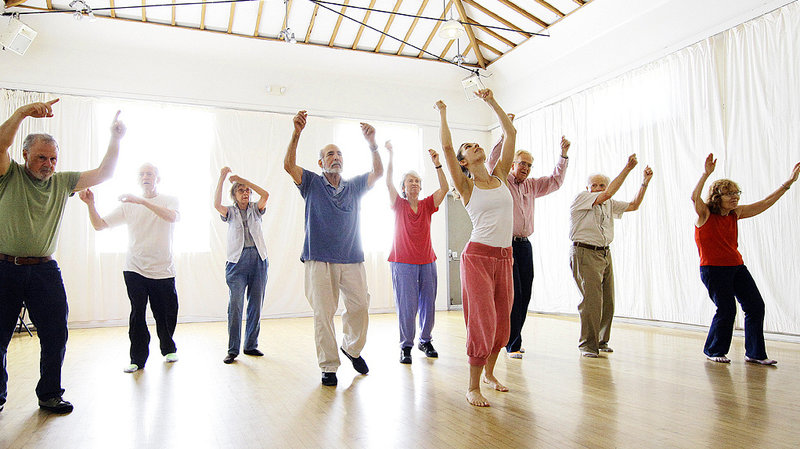Movement therapy refers to a broad range of Eastern and Western movement approaches used to promote physical, mental, emotional, and spiritual well-being.

The physical benefits of movement therapy include greater ease and range of movement, increased balance, strength and flexibility, improved muscle tone and coordination, joint resiliency, cardiovascular conditioning, enhanced athletic performance, stimulation of circulation, prevention of injuries, greater longevity, pain relief, and relief of rheumatic, neurological, spinal, stress, and respiratory disorders. Movement therapy can also be used as a meditation practice to quiet the mind, foster self-knowledge, and increase awareness. In addition, movement therapy is beneficial in alleviating emotional distress that is expressed through the body. These conditions include eating disorders, excessive clinging, and anxiety attacks. Since movements are related to thoughts and feelings, movement therapy can also bring about changes in attitude and emotions. People report an increase in self-esteem and self-image. Communication skills can be enhanced and tolerance of others increased. The physical openness facilitated by movement therapy leads to greater emotional openness and creativity.

Western movement therapies generally developed out of the realm of dance. Eastern movement therapies, such as yoga, qigong, and tai chi began as a spiritual or self-defense practices and evolved into healing therapies.